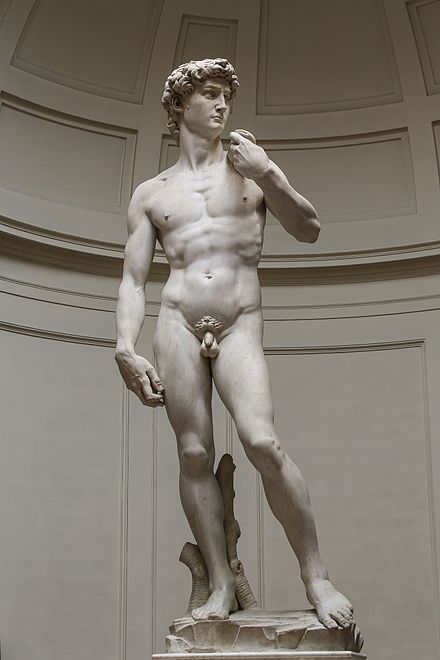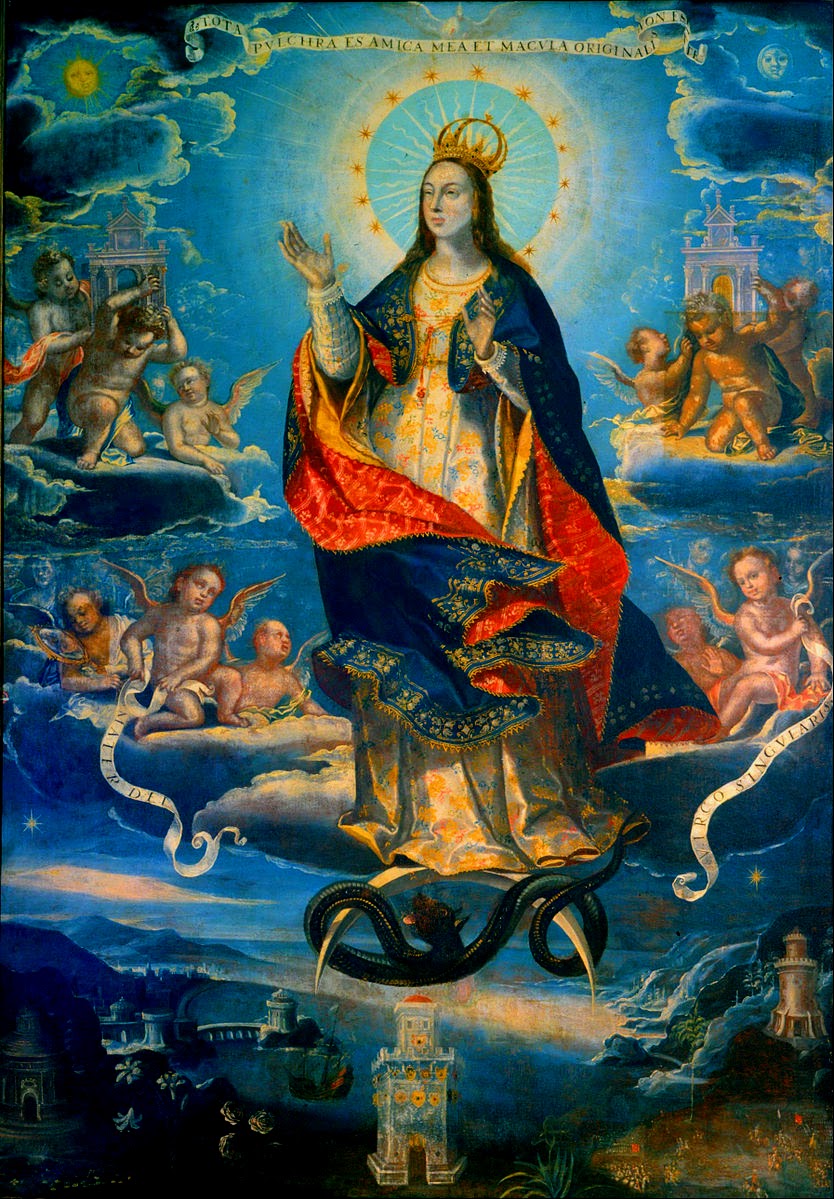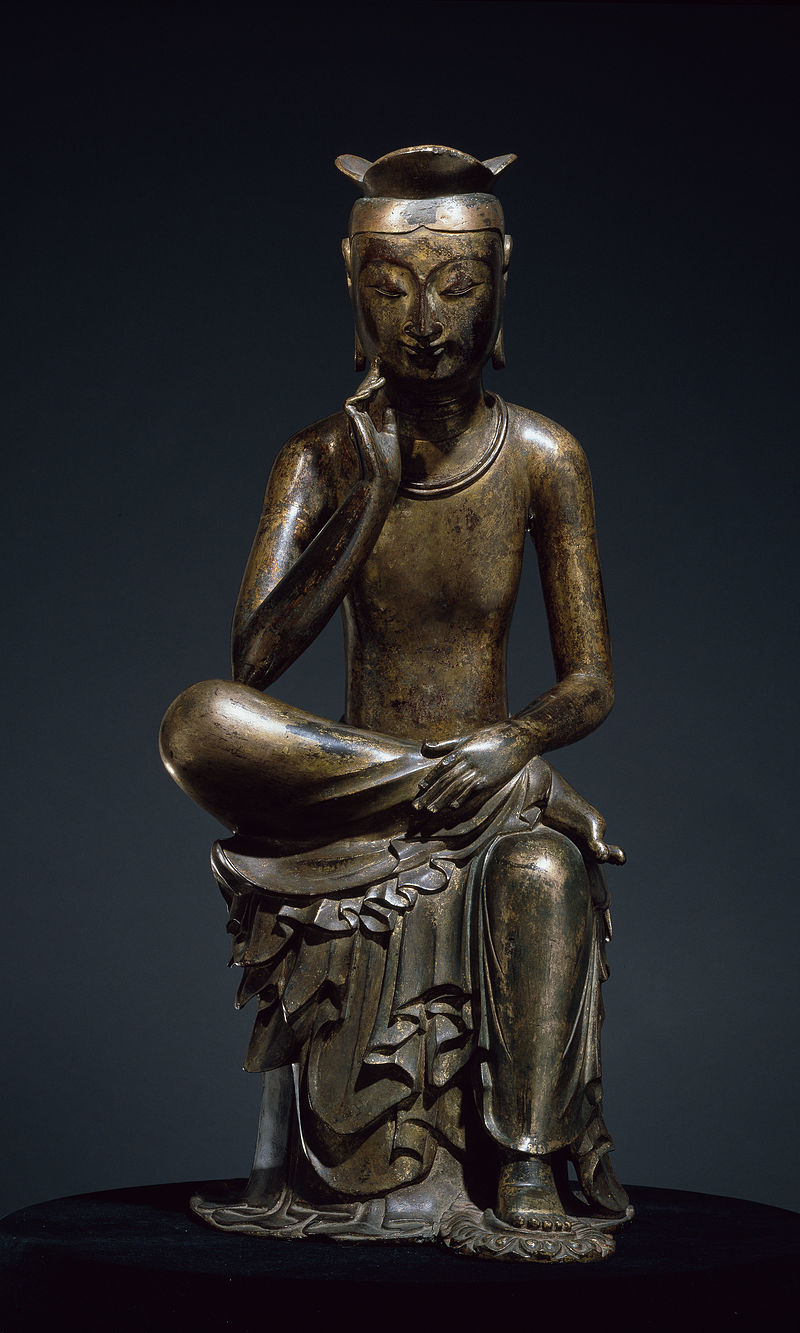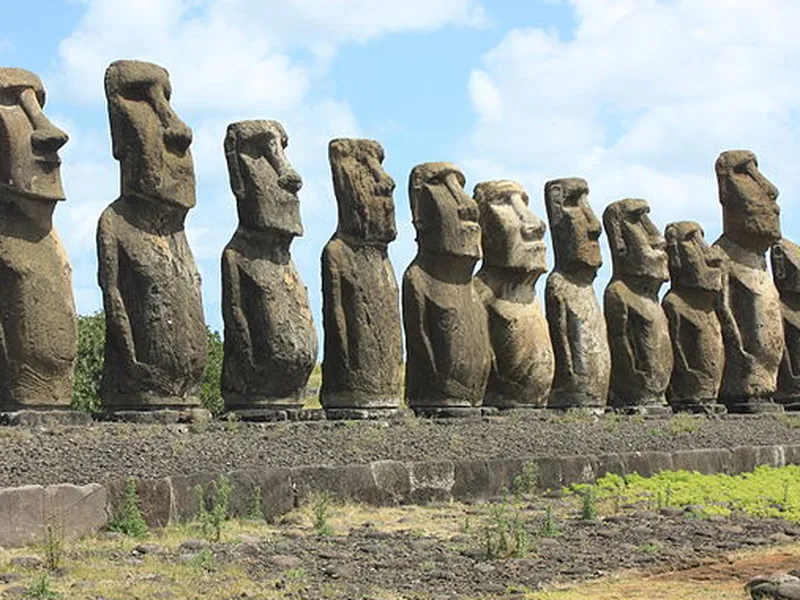Michelangelo accepted the challenge of sculpting David out of marble as confidently as David accepted the challenge to battle Goliath. Tension and fortitude are the decisive ingredients swirling inside the soul of the Renaissance marble. The architecture of David’s character is in full animation; he cannot perform errors or vanquish his calling. The radiance of the whiteness of the marble as a whole and his remarkably impressive gaze illuminates the statue into a confidence of wonder and divinity. In this prism of spectacular drama, the future King of Israel, David has accepted the challenge to slay the most brutal representation of evil ever witnessed by the Israelites. No man can face this brute giant who is called Goliath; the name itself is sheer terror even to utter. No scene in the Hebrew Bible collects more of the imagination or stirs the essence of YAHWEH as poignantly as this does; however, it is the outcome that vanquishes the distress of a people of faith and perseverance. No miracle or divine intervention is needed. It requires only that of a virgin adolescent who is unmoved by arrogance and unbelief.
David has accepted the challenge asked of him. His divine but vexed gaze is fixed on his unseen enemy. His torso has shifted into an excellent demonstration of contrapposto. The tameless intensity of his youth and aplomb is astonishing. David is possessed with the extraordinary qualities of youth, health, tenacity, confidence and poise. Cavities and ravines of faith, integrity and determination are superseded into his action of conquest to slay evil and free man from the bondage of conceit and folly. Victory is not in motion, nor can it be seen. But the immense figure of the sculpture is entirely suggestive of choice and concern. The reputation of man expelling evil from his presence is the theme, not the slaying of Goliath himself. Michelangelo is obsessed with the ‘choice’ David has made. It is the choice that advances or destroys mankind. To be more persuasive with his subject, Michelangelo conceals David’s sling that is draped behind him; he also has a stone hidden underneath the palm of his right hand, saving it for the infamous moment when he uses it to drop Goliath to the ground. The perfection of the torso and legs are symbolic of the battle itself. Watching and waiting for the exact moment when David will unleash himself on evil itself.

The sculpture is highly proposing that Man can be the victor over evil; he can crush temptation and blasphemy with a lucid sling and credence. David is not deluded or seduced into thinking of failure. His effrontery and shameless ethics make him victorious and favored. It is to be understood, however, that the victory is not of importance, it is the thinking of performing that which is of honor and courage to take these vestiges into divine action.
It is also to be acquired knowledge that this statue is of the Renaissance transcendent of the ancient Greek lineage of nude sculpture. It has been branded with Christian orthodoxy clothed with biblical narrative. David is a towering and intimidating figure who stands over fourteen feet tall and weighs six tons! Here, Michelangelo is using size, muscular anatomy, and conjured but arranged shades of passion and astringency to make David man’s choice of weapon against apostasy. He is the defender of law and truth. Heaven and the universe are auspicious in the role of man’s purpose and destiny in eternity. David is swollen with soundness and conviction. From the anointed stare of his brow, he hurls enactments and demands out into the horizon of deceit and corruption. Again, choice is on its way. The path is cleared after the judgment. Man is not an ugly and tricked being. His choices are his consequences or his blessings. Under the precious guidance of omnipresent leadership, man can experience all that is natural and replete to nourish his sacred instincts and replenish his thirsty desire in the pursuit of attaining the ideal. The David is a supreme paradigm of action and choice. It is the fundamental representation of the legacy of human endeavor and tenacity.

© 2024, Mark Grago. All rights reserved.





